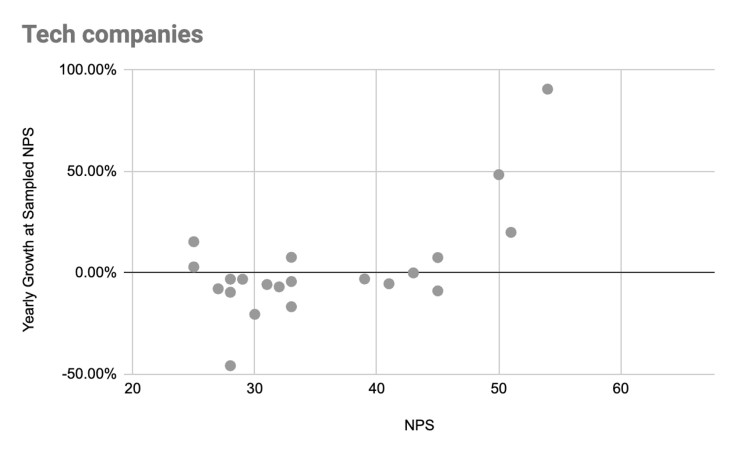Effective Interview Techniques for Product Improvement
As a technology entrepreneur, you frequently face the challenging task of improving a product— a responsibility that varies depending on the size and nature of the company. One of the most effective strategies for tackling this challenge is to go straight to the source: the customers. By understanding what matters to them, pinpointing their frustrations, and identifying their needs, you can determine the most impactful areas for product improvement.
This article will specifically focus on the conduct of interviews and the art of question-asking as a means to uncover vital cues for product enhancement. While the broader realm of qualitative research encompasses aspects such as interviewee selection, recruitment strategies, and determining sample size, our primary focus here is on optimizing the interview itself. Our aim is to equip you with the tools to navigate the conversation effectively and extract actionable insights that can guide your product team's efforts.
These techniques have helped me immensely in my role as a founder in charge of product at treble.ai, a software that assists companies in conducting effective marketing through WhatsApp. The insights derived from customer interviews have served as invaluable guides in our journey towards product refinement and enhancement.
The Power of 'Why?'
The cornerstone of identifying the main pain points of customers is often the Net Promoter Score (NPS) question: "On a scale of 0-10, how likely are you to recommend our product/service to a friend or colleague?" This question, as highlighted by Frederick F. Reichheld in his seminal article "The One Number You Need to Grow" [1], has a strong correlation with customer behavior, making it an effective predictor of repeat purchases or recommendations. You can see in the below graph, the correlation between NPS and year growth for tech companies.

As an icebreaker, this question serves as a gateway into the heart of the user's experience. However, the real value often lies in the follow-up questions. Simply asking "Why?" can reveal a treasure trove of insights. Digging deeper into the reasons behind a user's score can shed light on hidden issues or valuable features. By following the trail of "why" questions, you can peel back the layers of the user's experience, uncover root causes, and gain a more nuanced understanding of the user's perspective.
Validating Customer Insights

As you immerse yourself in the world of customer interviews, "you'll frequently discover that customers provide a great amount of insights and experiences. Yet, it's crucial to approach these narratives with informed skepticism. People are inclined to make assumptions, and these assumptions may color their perceptions, causing them to present opinions and conjectures as facts. As Teresa Torres explains in her book "Continuous Discovery Habits" depending on how the question is asked, you may receive a response about what the person thinks, or you may receive a response about what the person actually does.
Therefore, it is crucial to look beyond surface-level statements and investigate further to uncover the actual facts. When a customer reports an issue, ask them about the timing of the last occurrence and encourage them to describe the event in detail, including what happened that day. If possible, ask them to share their screen and demonstrate their experience. Customers are more often than not accurate in recalling past events or concrete examples, making this approach more likely to provide an accurate account of their experiences, rather than just opinions or perceptions.
Equally important is to establish a timeline of the issue. Rather than asking customers about the frequency of a problem, it's often more revealing to ask when the issue last occurred and the instance before that. This approach allows you to measure the frequency of the problem in a more precise and detailed way, yielding crucial insights into the severity of the issue and shaping your product improvement strategies.
Ranking and Comparison

At the end of an interview, you will likely have gathered a significant backlog of customer pains and desires. While it may be tempting to address all of them, not every issue will require immediate attention. Your intuition may provide some guidance as to the relative importance of each pain point, but to gain a more precise understanding, it is recommended to ask the customers themselves.
This involves presenting all the identified issues back to the customer and asking them to rank these from the most important to the least important. It might seem straightforward, but this exercise has profound implications.
In isolation, each pain point may seem critical – they're at the forefront of the customer's mind during the conversation. However, when these pain points are set side by side, the customer is forced to weigh them against each other. Certain issues that initially appeared critical may become less important when compared to others that carry more weight.
This comparative ranking exercise offers two key benefits: First, it provides a direct customer perspective on the relative significance of each pain point, cutting through the bias of top-of-mind recall. Second, it offers a practical framework for prioritization, guiding your decisions on where to focus your product improvement efforts.
A technique known as importance-performance analysis (IPA) provides a structured approach to this comparative exercise. Originally introduced by Matzler et al. in their 2004 study [3], IPA involves customers rating the importance of different product attributes and the product's performance on these attributes. By understanding the importance of each pain point in the context of the others, you gain a more nuanced view of what truly matters to your customers. This, in turn, ensures that your product development efforts are aligned with the most pressing needs of your users, improving both the product and the user experience.
References
[1] Reichheld, F. F. (2003). The one number you need to grow. Harvard Business Review.
[2] Teresa Torres. (2021). Continuous Discovery Habits. Product Talk LLC.
[3] Matzler, K., Bailom, F., Hinterhuber, H. H., Renzl, B., & Pichler, J. (2004). The asymmetric relationship between attribute-level performance and overall customer satisfaction: a reconsideration of the importance–performance analysis. Industrial Marketing Management







